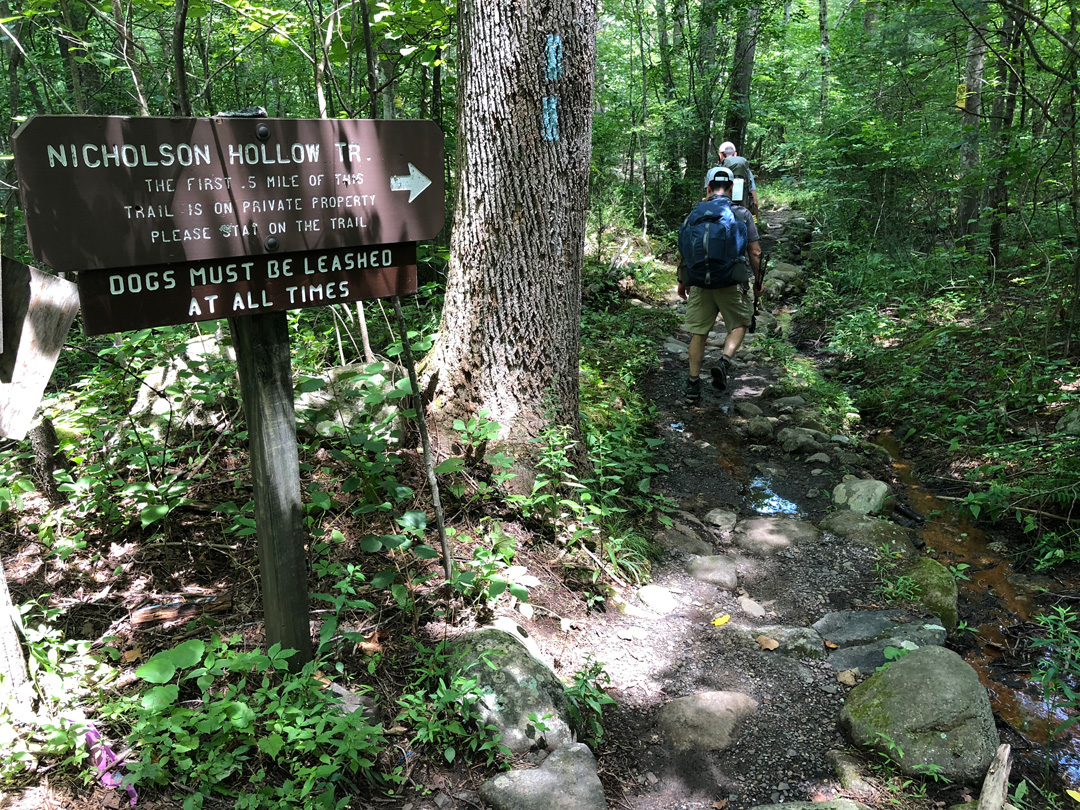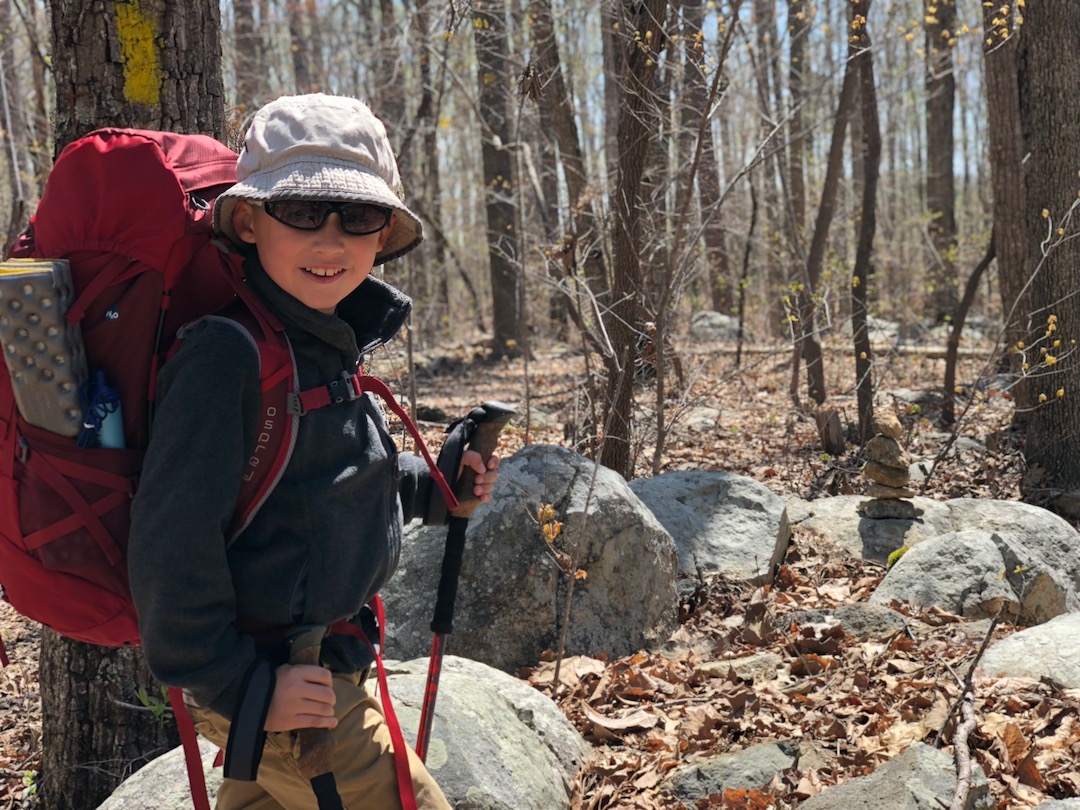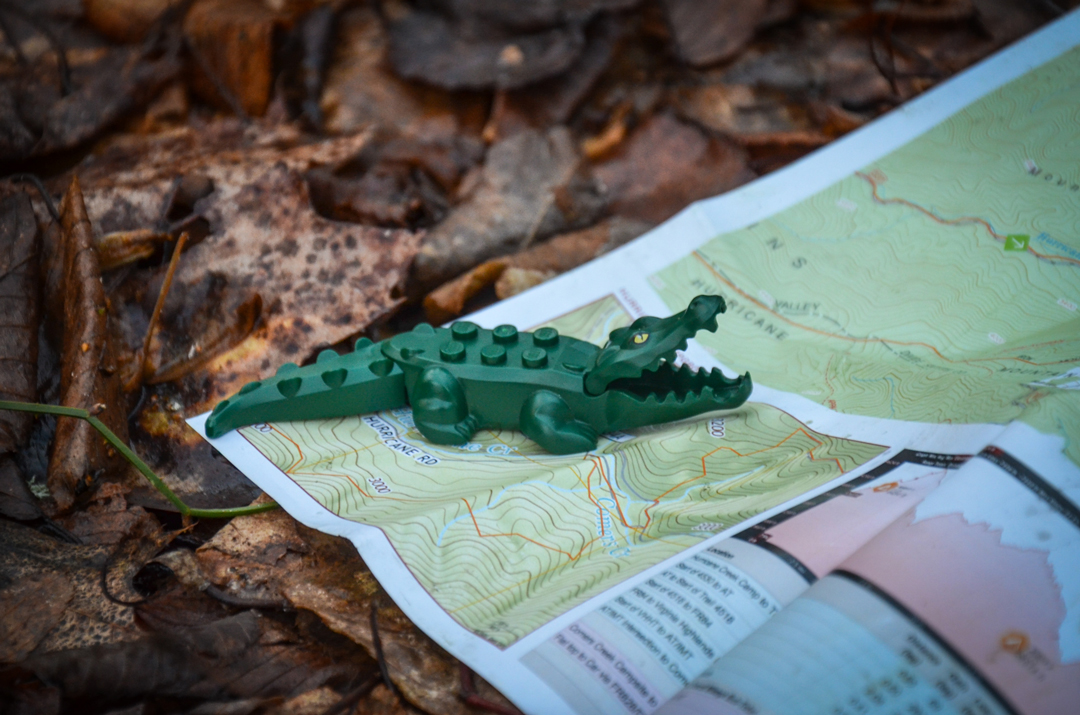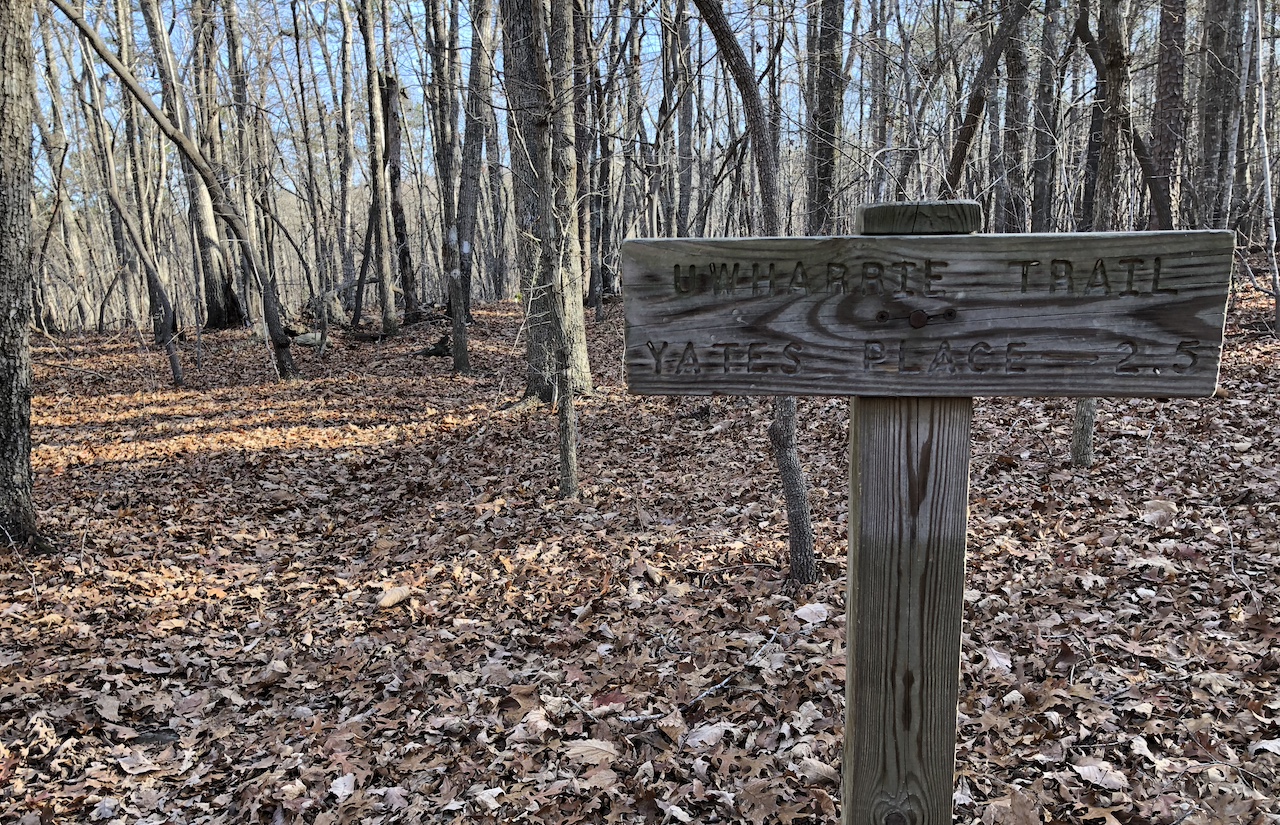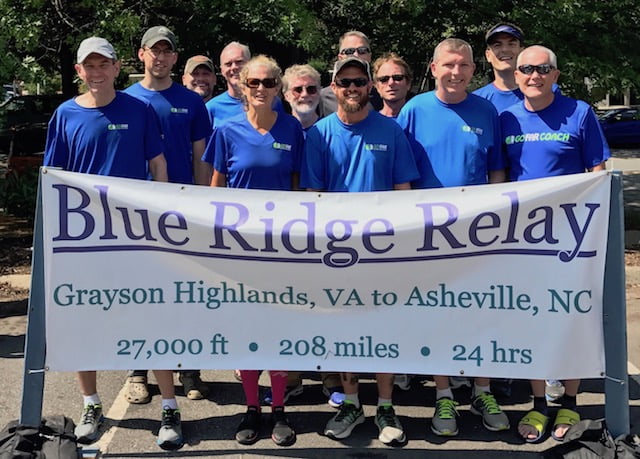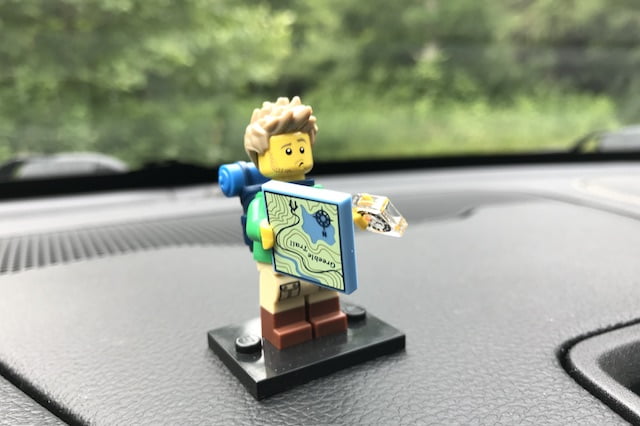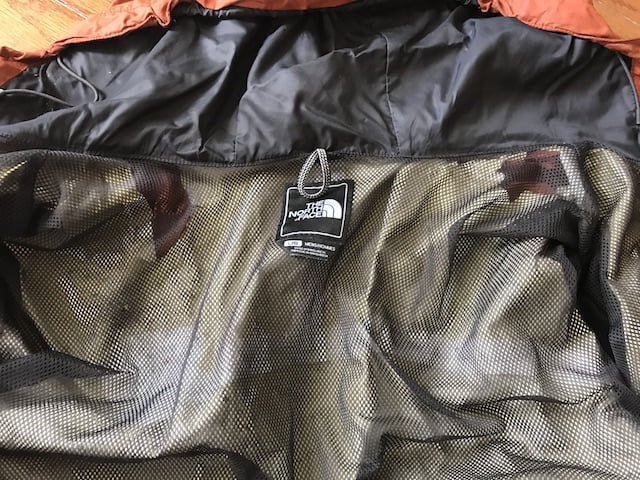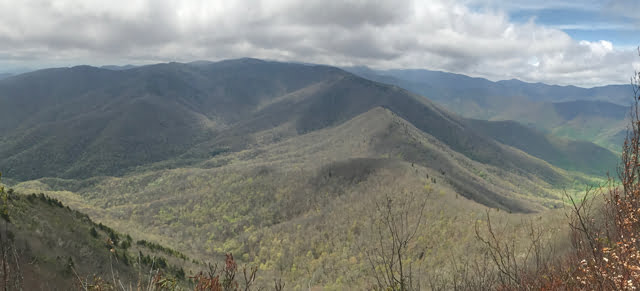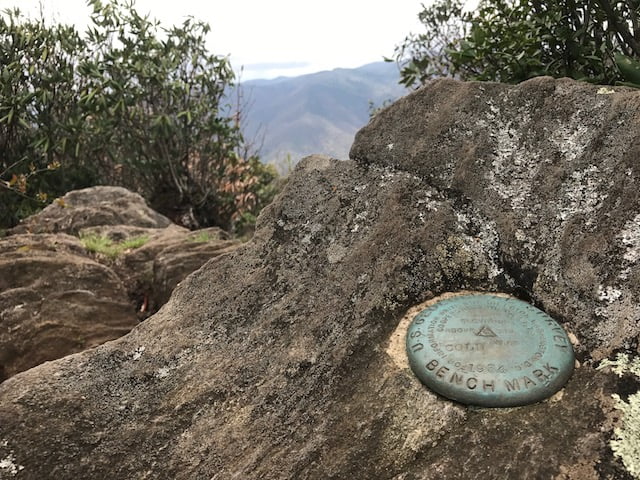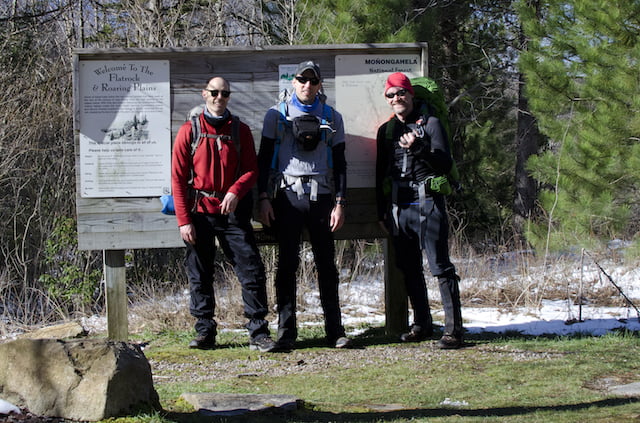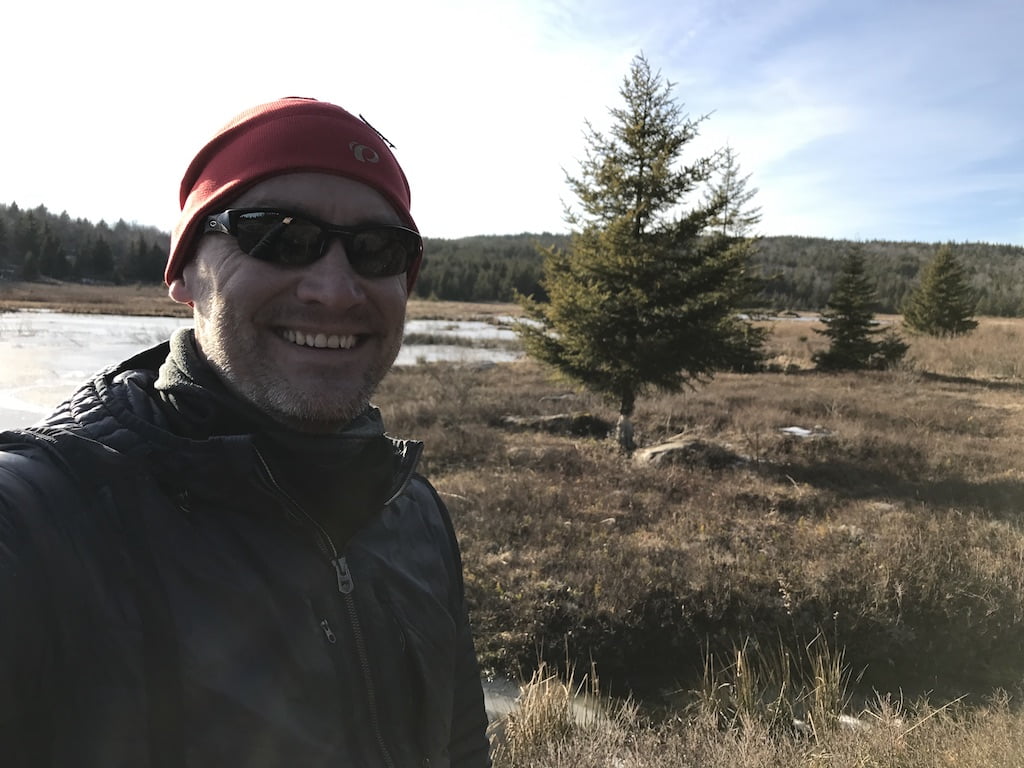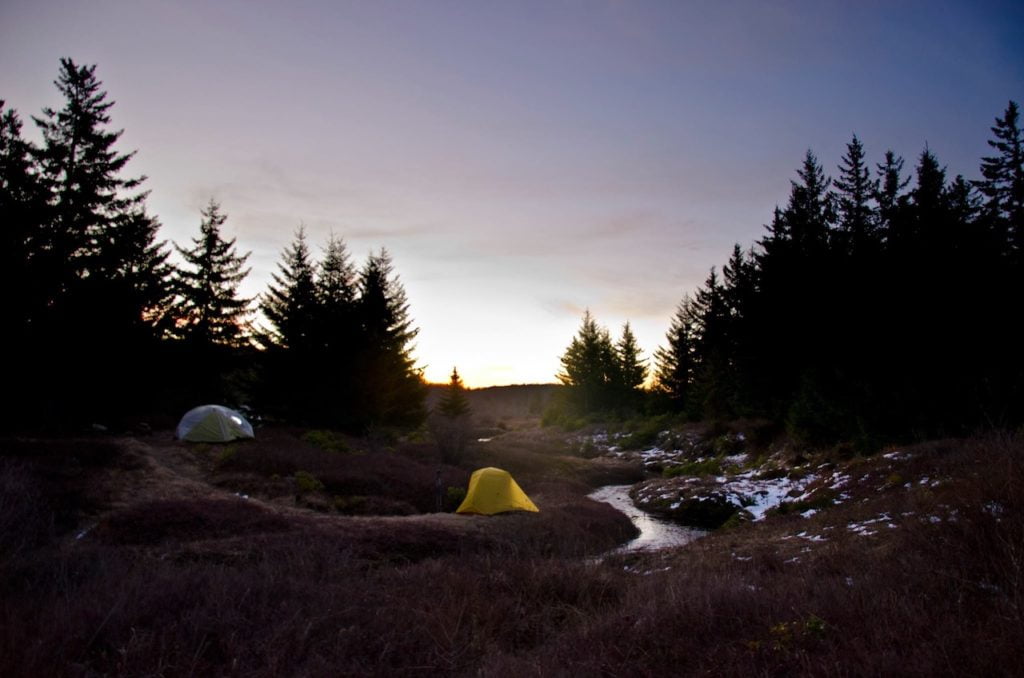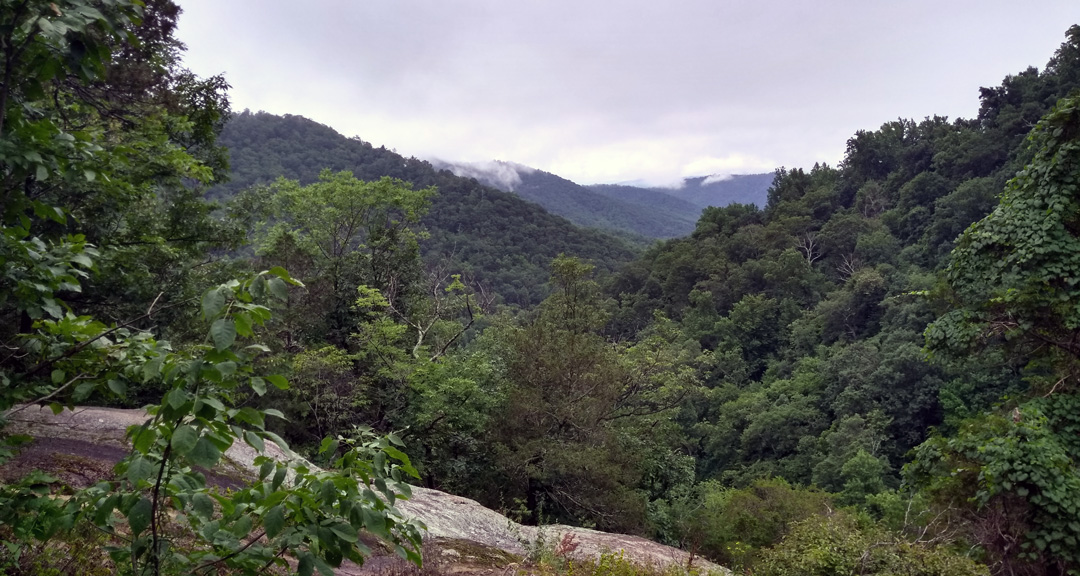
Photo by Coop
On our most recent trip to the Mt. Rogers National Recreation Area, my buddy, Coop, suggested we hit up Shenandoah National Park. Located 75 miles southwest of Washington, D.C., the park has 196,000 acres of backcountry and wilderness, over 500 miles of interconnected trails, a boatload of waterfalls, and is home to a great deal of wildlife including a pretty dense population of black bears.
Upon returning home, we researched the area and asked around to see if anyone wanted to join us. A month later, we increased the party by one and narrowed our trip to the northern section of the park between Mary’s Rock, Stony Man, and Old Rag.
READ MORE
